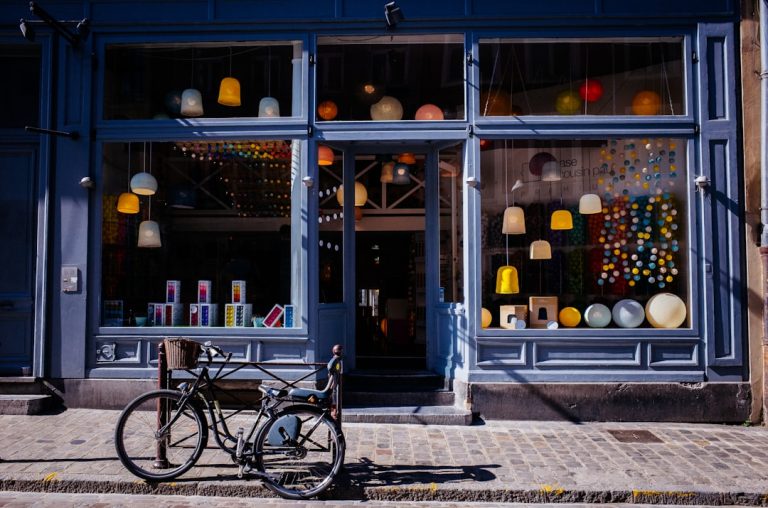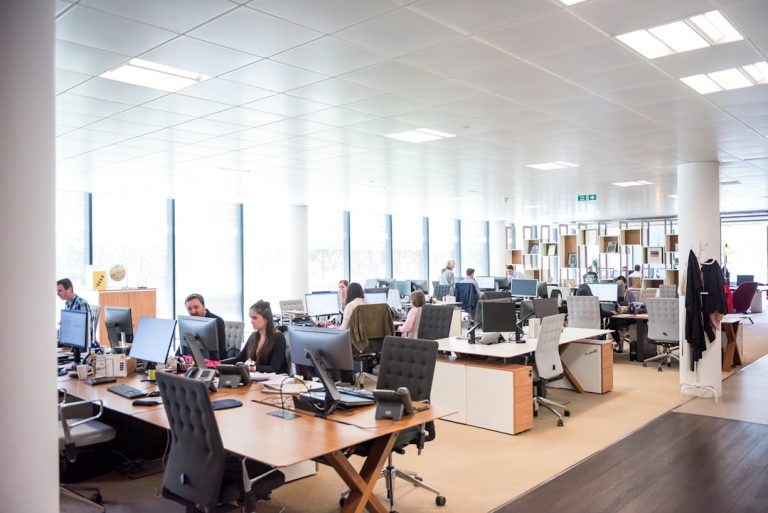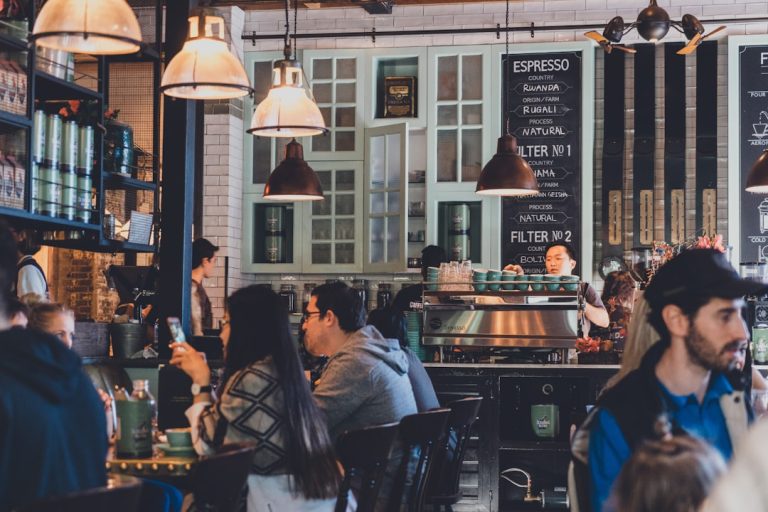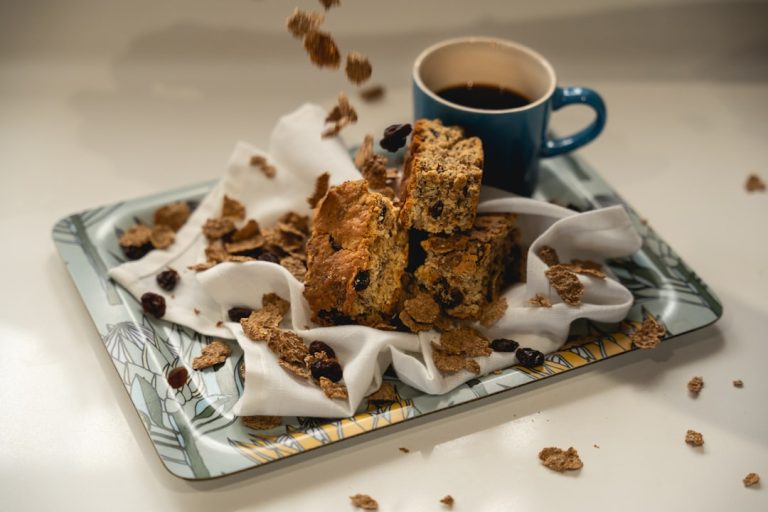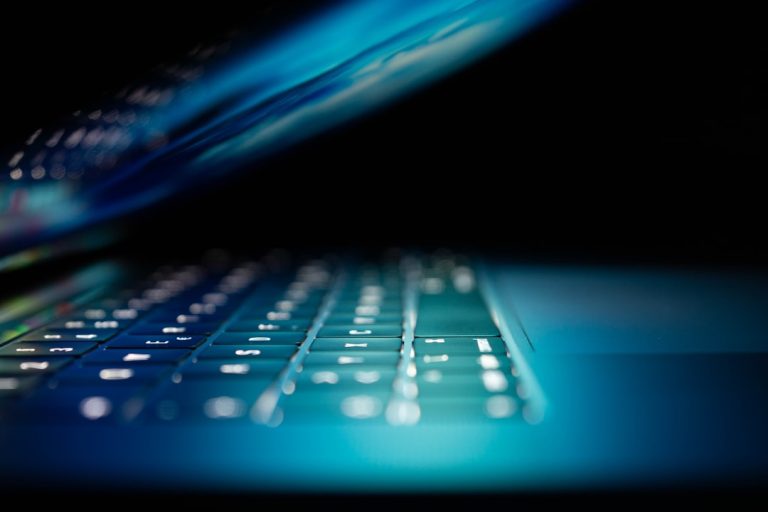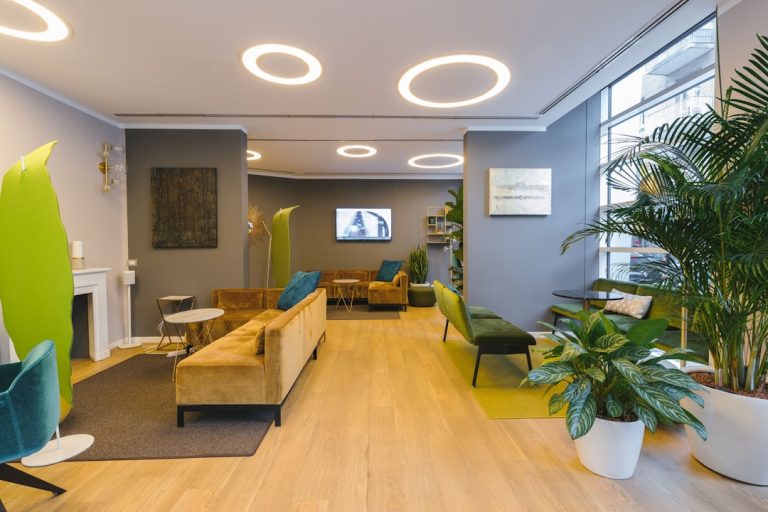
In the United States, the role of maids and housekeeping cleaners is often underestimated, yet it is crucial to the functioning of households, hotels, and various commercial establishments. These professionals are the backbone of cleanliness and order, ensuring that living and working environments are not only aesthetically pleasing but also hygienic. The importance of their work extends beyond mere tidiness; it encompasses health, safety, and overall well-being.
In a society where time is a precious commodity, the services provided by maids and housekeeping cleaners allow individuals and families to focus on their careers, education, and personal lives without the burden of maintaining a clean space. Moreover, the economic impact of this profession cannot be overlooked. The cleaning industry contributes significantly to the U.S.
economy, employing millions of workers across various sectors.
The demand for cleaning services has surged in recent years, particularly in urban areas where busy lifestyles leave little room for household chores.
As a result, maids and housekeeping cleaners play an essential role in supporting not only individual households but also the broader economy by providing jobs and stimulating local businesses.
Key Takeaways
- Maids and housekeeping cleaners play a crucial role in maintaining clean and sanitary environments in the USA, contributing to public health and well-being.
- Their duties and responsibilities include cleaning, dusting, vacuuming, and disinfecting various areas of homes, hotels, and other facilities.
- Maids and housekeeping cleaners have a significant impact on public health by reducing the spread of germs and preventing the occurrence of diseases.
- They face challenges such as low wages, long hours, and exposure to potentially harmful cleaning chemicals in their line of work.
- The growing demand for maids and housekeeping cleaners in the USA highlights the increasing need for their services in maintaining clean and healthy living and working spaces.
The Duties and Responsibilities of Maids and Housekeeping Cleaners
The duties of maids and housekeeping cleaners are multifaceted and can vary significantly depending on the setting in which they work. In residential settings, their responsibilities typically include dusting, vacuuming, mopping floors, cleaning bathrooms, changing linens, and organizing living spaces. They may also be tasked with laundry duties, dishwashing, and even grocery shopping in some cases.
Each task requires attention to detail and a commitment to maintaining high standards of cleanliness. For instance, when cleaning bathrooms, a maid must not only scrub surfaces but also ensure that all fixtures are sanitized to prevent the spread of germs. In commercial environments such as hotels or office buildings, the responsibilities expand further.
Housekeeping staff in hotels must adhere to strict protocols to ensure guest satisfaction. This includes preparing rooms for new guests, restocking supplies like toiletries and towels, and addressing any specific requests from guests. In office settings, cleaners may be responsible for maintaining common areas, ensuring that kitchens and break rooms are tidy, and managing waste disposal effectively.
The ability to adapt to different environments and meet varying expectations is a hallmark of successful maids and housekeeping cleaners.
The Impact of Maids and Housekeeping Cleaners on Public Health
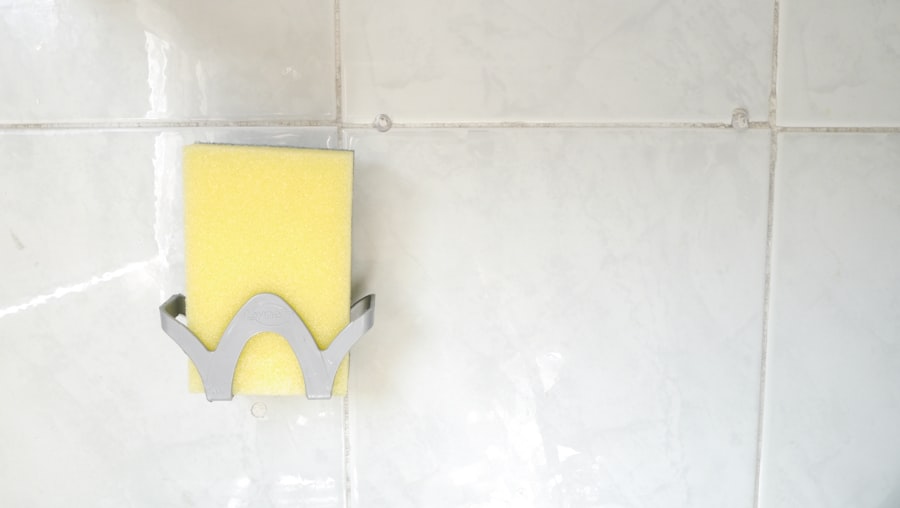
The work performed by maids and housekeeping cleaners has a profound impact on public health. Cleanliness is directly linked to health outcomes; a clean environment reduces the risk of infections and illnesses caused by bacteria, viruses, and allergens. For example, regular cleaning of high-touch surfaces such as doorknobs, light switches, and remote controls can significantly decrease the transmission of pathogens.
During the COVID-19 pandemic, the importance of thorough cleaning was underscored as many facilities implemented enhanced cleaning protocols to protect public health. Furthermore, maids and housekeeping cleaners play a vital role in managing indoor air quality. Dust accumulation can lead to respiratory issues and allergies; therefore, regular dusting and vacuuming are essential tasks that contribute to healthier living conditions.
In commercial settings like hospitals or clinics, the role of cleaners becomes even more critical as they help maintain sterile environments necessary for patient care. Their work ensures that medical facilities are free from contaminants that could compromise patient safety.
The Challenges Faced by Maids and Housekeeping Cleaners in the USA
| Challenges | Statistics |
|---|---|
| Low Wages | Median hourly wage of 12.89 in 2020 |
| Lack of Benefits | Only 31% of maids and housekeeping cleaners receive health insurance |
| Unsafe Working Conditions | Higher risk of workplace injuries compared to other occupations |
| Job Insecurity | High turnover rate and lack of job stability |
Despite their essential contributions, maids and housekeeping cleaners face numerous challenges in their profession. One significant issue is job insecurity; many workers are employed on a part-time or contractual basis without benefits such as health insurance or paid leave. This precarious employment situation can lead to financial instability and stress for workers who often juggle multiple jobs to make ends meet.
Additionally, the physical demands of the job can take a toll on their health over time. Cleaning requires long hours of standing, bending, lifting heavy objects, and exposure to various cleaning chemicals that can cause respiratory issues or skin irritations. Another challenge is the lack of recognition for their work.
Many people view cleaning as menial labor rather than a skilled profession requiring expertise and diligence. This perception can lead to low morale among workers who feel undervalued despite their hard work. Furthermore, maids and housekeeping cleaners often encounter difficult clients or challenging work environments that can add to their stress levels.
Addressing these challenges requires systemic changes within the industry to improve working conditions, provide fair wages, and foster respect for the profession.
The Role of Maids and Housekeeping Cleaners in Maintaining Clean and Sanitary Environments
Maids and housekeeping cleaners are pivotal in maintaining clean and sanitary environments across various settings. Their expertise in cleaning techniques ensures that spaces are not only visually appealing but also safe for occupants. For instance, in residential homes, they implement effective cleaning schedules that prioritize high-traffic areas where dirt and germs accumulate most rapidly.
By using appropriate cleaning agents and methods tailored to different surfaces—such as wood, tile, or fabric—they ensure that each area is treated correctly without causing damage. In commercial settings like restaurants or schools, the role of cleaners becomes even more critical due to health regulations that must be adhered to. In restaurants, for example, cleanliness is paramount not only for customer satisfaction but also for compliance with health codes that govern food safety.
Housekeeping staff must ensure that kitchens are sanitized regularly to prevent foodborne illnesses. Similarly, in schools where children are particularly susceptible to germs, regular cleaning helps minimize absenteeism due to illness. The proactive measures taken by maids and housekeeping cleaners contribute significantly to creating safe environments conducive to health and productivity.
The Growing Demand for Maids and Housekeeping Cleaners in the USA

The demand for maids and housekeeping cleaners in the United States has seen a notable increase over recent years. This trend can be attributed to several factors including changing lifestyles, an aging population, and heightened awareness of hygiene practices following global health crises like the COVID-19 pandemic. As more families find themselves balancing work commitments with personal responsibilities, many opt to hire professional cleaning services to alleviate the burden of household chores.
This shift has led to a burgeoning market for cleaning services across urban centers where busy professionals seek convenience. Additionally, as the population ages, there is an increasing need for cleaning services tailored to seniors who may require assistance with maintaining their homes. Many elderly individuals prefer to age in place but may struggle with physical tasks such as vacuuming or scrubbing floors.
Cleaning services that cater specifically to this demographic not only provide essential support but also enhance their quality of life by ensuring their living spaces remain clean and safe. This growing demand presents opportunities for both established companies and new entrants into the market.
The Training and Education Required for Maids and Housekeeping Cleaners
While formal education is not always a prerequisite for becoming a maid or housekeeping cleaner, training programs can significantly enhance an individual’s skills and employability in this field. Many employers offer on-the-job training that covers essential cleaning techniques, safety protocols regarding chemical use, and customer service skills necessary for interacting with clients effectively. Understanding how to use various cleaning equipment safely is also crucial; improper use can lead to accidents or damage to property.
In addition to practical skills training, some organizations offer certification programs that provide more comprehensive education on topics such as sanitation standards, infection control practices, and environmental sustainability in cleaning methods. These certifications can help workers stand out in a competitive job market by demonstrating their commitment to professionalism and quality service. As the industry evolves with new technologies and cleaning products emerging regularly, ongoing education becomes increasingly important for maids and housekeeping cleaners who wish to stay current with best practices.
The Future of Maids and Housekeeping Cleaners in the USA
Looking ahead, the future of maids and housekeeping cleaners in the United States appears promising yet complex due to evolving societal norms and technological advancements. As more households embrace smart home technology, there may be opportunities for cleaners to integrate these innovations into their services—such as using automated devices for routine tasks while focusing on more specialized cleaning needs that require human expertise. This shift could enhance efficiency while allowing workers to concentrate on areas where their skills are most valuable.
Moreover, as public awareness regarding hygiene continues to grow post-pandemic, there is likely to be sustained demand for professional cleaning services across both residential and commercial sectors. Companies may increasingly prioritize hiring trained professionals who can ensure compliance with health standards while providing exceptional service quality. However, addressing challenges such as job security, fair wages, and recognition will be essential for fostering a sustainable workforce in this industry moving forward.
As society continues to evolve, so too will the roles of maids and housekeeping cleaners—adapting to meet new expectations while remaining integral to maintaining clean environments across America.
Maids and Housekeeping Cleaners are essential workers in the United States, providing valuable services to households and businesses. For more information on occupations in the USA, you can visit careersintheusa.com. This website offers a wealth of resources and information on various career paths and job opportunities in the country. Additionally, you can check out their blog post titled Hello World for more insights into the world of work in America.
FAQs
What is the job of a maid or housekeeping cleaner in the USA?
Maid and housekeeping cleaners are responsible for keeping private households, hotels, and other establishments clean and orderly. They perform a variety of cleaning tasks, such as dusting, vacuuming, mopping, and making beds.
What are the typical duties of a maid or housekeeping cleaner?
Typical duties of a maid or housekeeping cleaner include cleaning and sanitizing bathrooms, kitchens, and living areas, changing linens, washing windows, and disposing of trash. They may also be responsible for organizing and maintaining cleaning supplies and equipment.
What are the working conditions for maids and housekeeping cleaners in the USA?
Maids and housekeeping cleaners often work in private residences, hotels, hospitals, and other facilities. They may work full-time or part-time, and their schedules may include evenings, weekends, and holidays. The work can be physically demanding and may involve exposure to cleaning chemicals.
What are the educational requirements for becoming a maid or housekeeping cleaner?
There are typically no formal educational requirements for becoming a maid or housekeeping cleaner. However, some employers may prefer candidates with a high school diploma or equivalent. On-the-job training is common for this occupation.
What is the job outlook for maids and housekeeping cleaners in the USA?
According to the U.S. Bureau of Labor Statistics, the employment of maids and housekeeping cleaners is projected to grow 8 percent from 2020 to 2030, which is about as fast as the average for all occupations. The demand for cleaning services in private households and commercial establishments is expected to drive job growth in this field.
